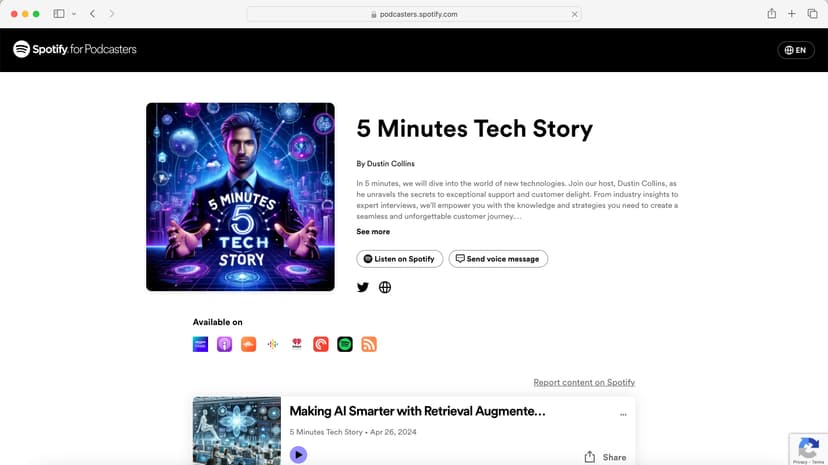How to Effectively Use Targeting and Positioning Strategies in Business
Have you ever wondered how some companies seem to always reach the right customers and stand out in a crowded marketplace? The secret lies in utilizing effective targeting and positioning strategies. Understanding how to strategically target specific customer segments and carve out a unique position in their minds is essential for any business looking to thrive in today's competitive landscape.
What is Targeting?
Targeting involves identifying specific segments of the market that are most likely to be interested in your product or service. Rather than trying to appeal to everyone, targeting allows you to focus your efforts and resources on a subset of consumers who have similar needs, preferences, and behaviors. By honing in on a defined target audience, you can tailor your marketing messages, product features, and pricing to better meet their needs and differentiate your offering from competitors.
To identify your target market, consider factors such as demographics (age, gender, income), psychographics (lifestyle, values, interests), and behavior (buying habits, brand preferences). Conducting market research, analyzing customer data, and utilizing tools like Google Analytics can provide valuable insights into who your most viable customers are and how best to reach them.
Why Positioning Matters?
Positioning, on the other hand, is about creating a distinct and compelling identity for your product or service in the minds of consumers. It's how you differentiate yourself from competitors and establish a unique value proposition that resonates with your target audience. Effective positioning helps customers understand why they should choose your brand over others and what makes you the best solution to their needs.
To develop a strong positioning strategy, start by identifying your competitive advantages – what sets you apart from the competition? This could be based on factors like quality, price, innovation, customer service, or sustainability. Once you've identified your strengths, communicate them clearly and consistently across all touchpoints – from your website and social media profiles to your advertising campaigns and product packaging.
How to Align Targeting and Positioning?
Although targeting and positioning are distinct concepts, they are closely interlinked. Your targeting strategy informs your positioning strategy, and vice versa. By understanding the needs and preferences of your target market, you can craft a positioning that speaks directly to their pain points and desires. Conversely, your positioning should guide your targeting efforts by helping you narrow down your audience to those most likely to resonate with your unique value proposition.
A great example of effective targeting and positioning in action is Apple. Apple targets tech-savvy consumers who value sleek design, innovation, and user experience. Their positioning as a premium brand that challenges the status quo is reflected in everything from their product design to their marketing campaigns. By aligning their targeting strategy with their positioning, Apple has cultivated a loyal customer base that values not just their products but also the brand's ethos.
Practical Tips for Successful Targeting and Positioning
-
Know Your Audience: Conduct thorough market research to understand the needs, preferences, and behaviors of your target market.
-
Differentiate Your Brand: Identify what makes your brand unique and communicate this effectively to customers.
-
Be Consistent: Ensure that your targeting and positioning strategies are aligned across all channels and messaging.
-
Monitor and Adapt: Regularly review your targeting and positioning strategies based on feedback, market changes, and competitor activities.
By mastering the art of targeting and positioning, you can increase your brand's visibility, attract the right customers, and establish a strong foothold in the market. It's not just about reaching customers – it's about connecting with them in a meaningful way that sets your brand apart.












